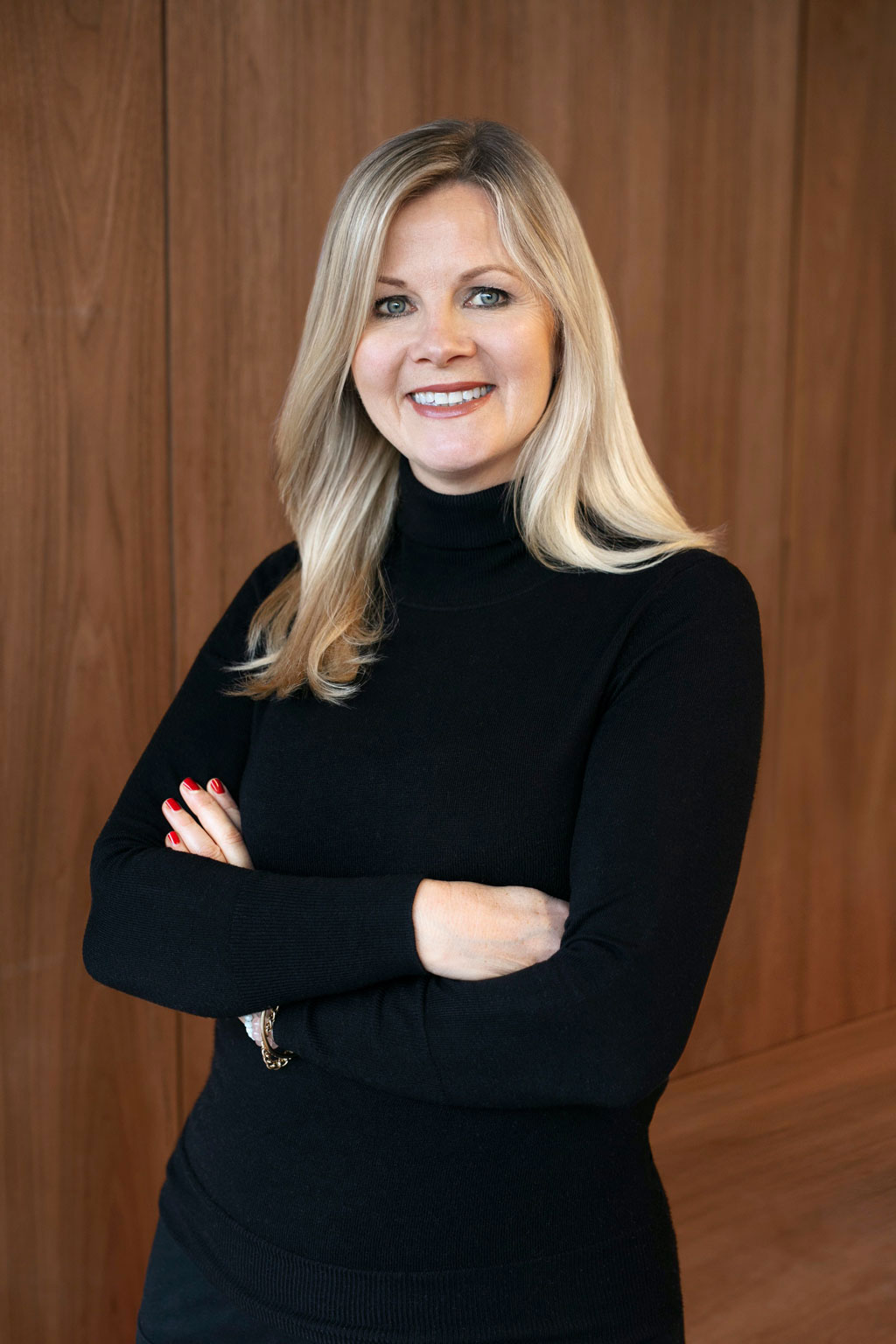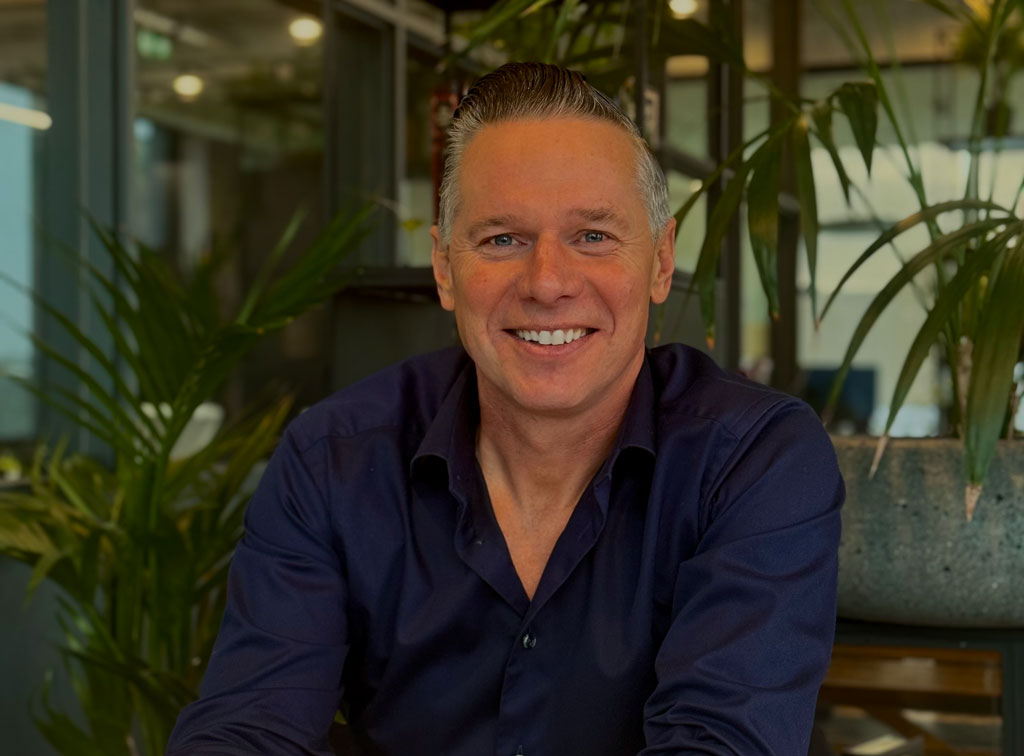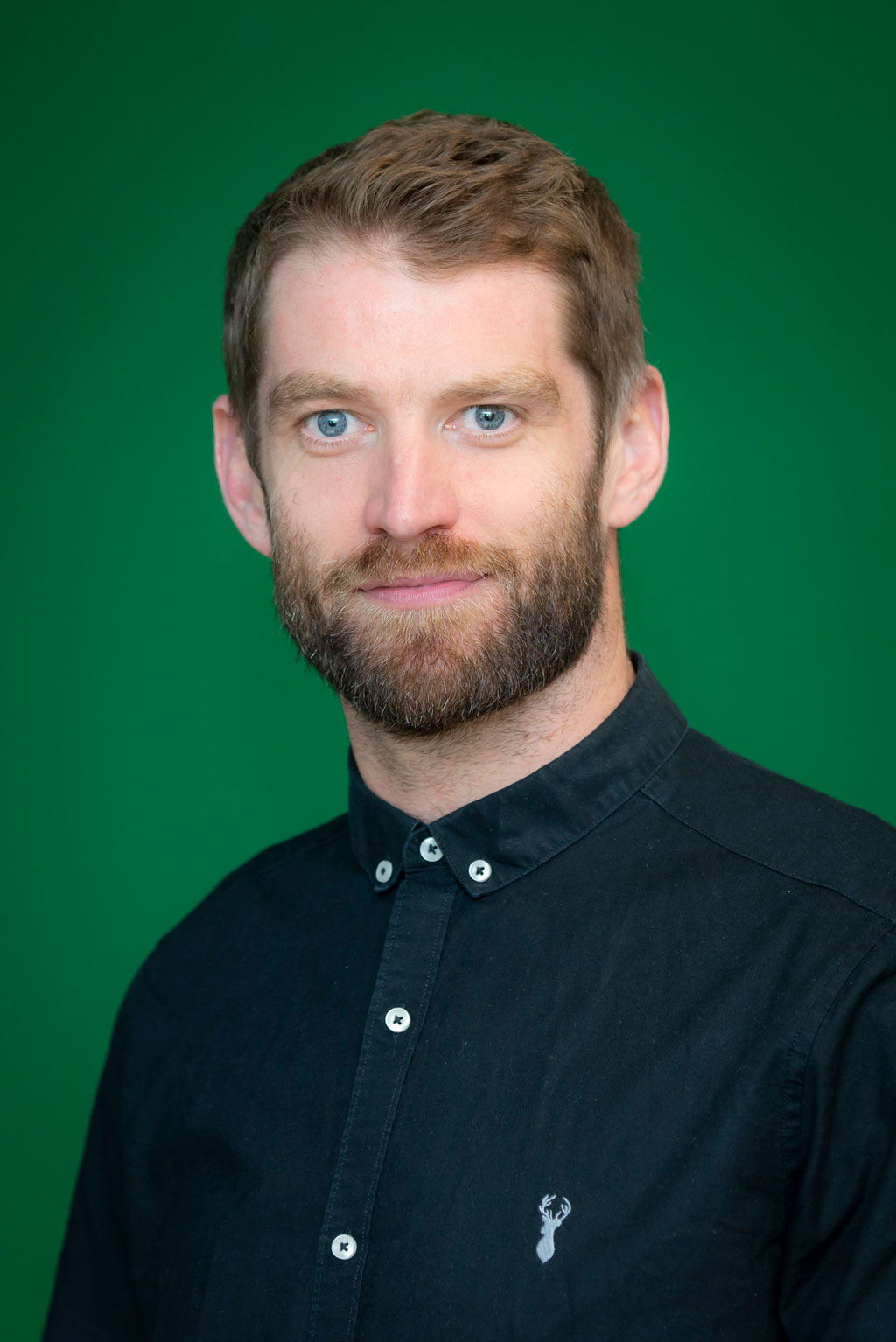
With 2024 only weeks away, Adworld asked a number of leading agency folk to engage in a bit of crystal ball gazing.
Vaunnie McDermott
Managing Director, Connelly Partners Dublin

Our country is changing. It is evolving. Success in 2024 is there for those who adapt best to this change – those who understand the zeitgeist and help brands to adapt to it and to succeed.
In the race to stay ahead, our industry can sometimes feel like we are being led by magpies. Always chasing the new and shiny thing, even though doing that makes what is more established seem old fashioned and less important. It’s about balance and viewing tech as a means to an end, not an end in itself. That said, in 2024 I believe brands will leverage AI to enhance targeting, personalisation, and overall effectiveness in their social media and influencer campaigns.
Live shopping experiences, particularly influenced by the success of features like TikTok Shop, will become more prevalent. Brands will explore interactive, real-time engagement with consumers on social platforms. Social commerce will continue to revolutionise social behaviour and benefit brands by shortening the purchase journey for consumers.
Weigh that up against the CSO statistics that over a 1m people in Ireland are over 60 – a demographic who have influence (in the old-fashioned sense of the world) through their networks and connections, their experience, assets, and spending power. Agencies need to recognise that demographic and reflect it, both in their advertising and in their workforces.
It is important to remember what our business is founded on – people – and people have to be our focus. Human interactions. Relationships. Seeing trends and movements and knowing intuitively where they can be best harnessed and used. Understanding each other and more importantly, understanding those we define as ‘the consumer’.
In 2024, I believe that agencies will get it right in balancing the efficiency of virtual meetings, with the human connection of in-person meetings. We’re already seeing clients are keen to do more face-to-face meetings, especially in pitches. Meeting people, engaging with them, experiencing that human chemistry and how it works, is critically important for any business relationships. In 2024, clients will want to get out and meet more agencies in person, and I suspect there will be more pitches as a result.
We should remind ourselves that the majority of the population are not like us. Agency people tend to be metropolitan, younger, more liberal, and more middle-class. The more we experience life outside of that bubble and the more diverse our workforce is, the more relevant our work will be and the better it will connect with our clients’ consumers.
We believe in the power of people. Diversity. Talent. Life experience. Because any great agency is ultimately the sum of its people – and their relationships with others. For 2024 I predict more agencies will step back to really understand and experience their clients’ world, and remember that real life, real relationships win. It’s a people business, one that should be enjoyable and stimulating…meeting your agency should be more like Double Art on a Friday and less like Double Maths on a Monday.
Geoff McGrath
Director of Transformation, Core

Last year, in a thought-provoking address at the Advertising Association’s Media Business Course, Rory Sutherland likened the separating of creative and media to “cutting a sudoku into nine separate squares, handing them to different people, and asking them to solve it.”
He concluded by calling this division as one of the “biggest mistakes” the industry has made in its history – a sentiment that is resonating across the global industry.
This call to put media and creative back together has been rumbling around for the past number of years, and in 2023, it has taken on a sharper and more urgent tone.
Recent developments indicate a more pronounced shift in this direction with almost one in four clients intending to consolidate “media, creative, data and technology into a single partner in 2024” while more than half agreed that there would greater centralisation of agency services over the next three years.
Such streamlining of agency partners is an obvious play by clients as the world they now compete in is becoming ever-increasingly complex. Many appreciate that having numerous agency partners managing messages across multiple touch points makes success inevitably more difficult than it needs to be.
It would be fair for clients (and agencies) to be jealous of times during the golden era of advertising when they had to manage one agency partner and only had to craft their messages across three or four channels, where attention was easier to command due to their audience’s inability to swipe or skip.
Beyond their desire for better control and consistency, clients are prioritising speed as a key imperative. In today’s reality of hyper-connected consumers and instant analytics, 92% of clients identify greater speed and agility as a crucial priority – second only to access to best talent , which of course, none of this works without!
This need for speed, agility and seamless co-ordination is where the version of the full-service agency excels. A recent study from WARC claims that singular, full integrated agency teams (one stop shops) have “the greatest potential for time and cost efficiencies”. In highly dynamic and competitive markets, the ability to react at pace is very often the difference between those who win and those who do not.
Therefore, it is understandable that clients are now beginning to fully appreciate that fostering seamless synergies between data, media, creative are now prerequisite to staying competitive, relevant, and succeeding.
The efficacy of this integrated approach is best exemplified by Core’s recent success at this year’s Effies when it won more Effies than any other agency. The large majority of these awards came from campaigns for clients with whom we are their exclusive agency of record.
It would be hard to argue that our recent success at this year’s Effies does not serve to offer incontestable evidence of the effectiveness of working with one agency partner across creative and media.
When I was recently asked by a client how I best could describe the benefits of working with one, fully integrated and consolidated agency partner, I immediately thought of my electric car. It is beautiful in design, so much more efficient and is impressively fast when I need it to be. But most importantly, it is the future we should be all be moving towards because it is unquestionably better for everyone.
This is why I believe, in 2024, full service will begin to come full circle.
Brendan Almack
Managing Director, Wolfgang Digital

You’re probably familiar with the concept that ‘it costs more to acquire new customers than it does to retain your existing customers’. Studies put that cost multiple anywhere between 5x and 25x.
So, if that is the case, why have more brands not been absolutely obsessed with customer retention?
The answer comes down to the economics around acquisition costs. For a number of years, it has been cheaper (and easier) to acquire new customers than it has been to retain them. The explosion of cheap traffic from Google and Meta et al gave rise to an acquisition gold rush.
However, that market has now matured and cheap traffic on these platforms is harder to come by these days. For example, our own internal Wolfgang data shows that paid search CPC’s have increased by an average of 28% YoY. Don’t get me wrong, these are still some of the most affordable advertising costs you’ll come across, but they have undoubtedly increased and are likely to continue doing so.
It’s that increase that will now bring customer retention back into focus and in 2024 we expect to see many brands wake up to the new reality of acquisition costs. Acquiring new customers will always be important, as it’s crucial for helping brands to grow. However, in 2024, one of the most important questions for any brand to ask will be:
How do I get my customers to spend more, more often?
To make that happen marketers will need to design strategies to increase the value of their existing customers, focusing on their basket size, shopping frequency and overall customer retention. Positively impacting these metrics will give rise to a multiplier effect that will easily offset rising acquisition costs.
In 2024, the tools that will become an imperative part of the marketer’s toolkit are, first of all, the CRM which serves as the central hub for storing and analysing customer data followed by, yes, email, which is the most efficient marketing channel to engage and retain these customers.
The brands that incorporate the right email marketing and automation strategy will manage to increase the value of the customers they acquire. These brands will gain a competitive advantage in 2024, as their marketing efforts will allow them to balance acquisition and retention for long-term success.
Laura Daley
Managing Director, Folk Wunderman Thompson

Here are some thoughts on what I would like to see or suspect might happen in 2024.
Creative Excellence: 2023 was a big year for pitching, lots of great brands went to tender with new agencies being appointed so I’m looking forward to seeing lots of new work next year and more importantly seeing the impact this work delivers at both Effie’s and at an international level too.
Pitch reform: As an industry we made some inroads in 2023 in terms of a more cost efficient and agile pitch process, but I think there is still room for reform across the pitch process so I would love to see more progress made in this space in order to sustain our industry.
Climate Change progression: Ireland is trailing significantly behind on climate action whilst also facing more extreme weather events (wettest July on record). I think we’ll see a heightened demand for more investment and action in 2024. We as an industry need to continue to drive change with increased support for initiatives like Ad Net Zero. I’d love to see every brand and agency become members by the end of 2024.
Constitutional reform: It would be great to see a positive outcome in the referendum on 8th March, there’s proposals to both expand the definition of family and delete references in the Constitution to a woman’s place in the home.
This is timely for us as earlier this year Folk launched the ‘Family Fallacy’ report which explores the diversity of family structures and dynamics in Ireland with a view to inspiring the industry to look beyond the nuclear family when it comes to advertising, marketing, product, and services. Our study found that over two thirds of mothers and half of fathers in Ireland feel that the portrayal of family structures in advertising and marketing is stereotypical. Ireland has been so progressive in lots of other areas in recent years, reform on these two aspects is essential.
Providing solutions for Consumers: Unsurprisingly, given the inflationary and cost pressures on consumers, sentiment remains low. People are feeling the pinch across all aspects of life, and even with the recent budget supports, consumers will likely continue to feel anxious about the future. There is an opportunity for brands to prioritise and amplify solutions that offer immediate value without compromising quality and look for ways to uplift the everyday, adding some much-needed positivity to daily life for consumers in 2024.
Reflecting the realities of younger generations in Ireland: Young people are feeling increasingly left behind and disillusioned with the country’s political and economic system. It’s important for brands to stay close to the challenges facing younger generations in Ireland to authentically represent and reflect their reality. Accurately reflecting and connecting with younger audiences isn’t merely about capturing a demographic—it’s about understanding the driving forces behind changing values, aspirations, and attitudes to life in Ireland.
Making some leaps with AI: Whilst there has been lots of advancements in AI, dipping toes, it would be great to see more Irish examples of aspiring work in this space and brands being brave enough to experiment with emerging tech.
No doubt there are many challenges ahead, but in a landscape that evolves almost daily, the key to unlocking sustainable growth and marketing success continues to hinge on our ability to adapt and innovate, so with that I’m looking forward to seeing the opportunities that 2024 brings.






















